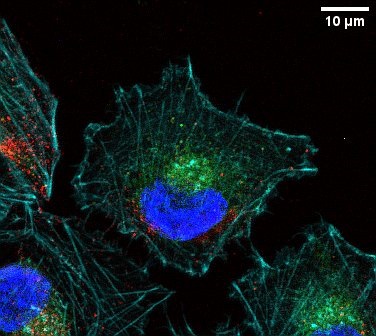Psyche Mission Switches to Backup Fuel Line Amid Thruster Concerns

NASA's ambitious Psyche mission, aimed at exploring a metal-rich asteroid, has encountered a technical challenge necessitating a switch to a backup fuel line for its propulsion system. Launched in October 2023, the Psyche spacecraft is on a six-year journey to its namesake asteroid, located between Mars and Jupiter. As of June 21, 2025, engineers at NASA's Jet Propulsion Laboratory (JPL) reported that the spacecraft had resumed operations after detecting a drop in pressure within its primary xenon fuel line. This incident occurred less than a quarter of the way through its mission, but fortunately, the electric thrusters, powered by xenon gas, allow for flexibility that traditional chemical thrusters do not.
The initial detection of the pressure drop on April 1 led to the powering off of the spacecraft's thrusters, but the design of the electric propulsion system allowed ground controllers to delay any immediate action without jeopardizing the mission timeline. According to NASA, the transition to the backup fuel line, successfully implemented in late May, restored full functionality to the propulsion system. Bob Mase, the Psyche project manager at JPL, commended the engineering team's systematic response to the situation, highlighting the robustness of the spacecraft's design.
The Psyche spacecraft is equipped with four Hall thrusters, which ionize xenon gas and expel it to generate thrust. While these thrusters produce lower thrust compared to traditional rocket engines, they are more fuel-efficient and can operate for prolonged periods, making them suitable for deep-space missions. The spacecraft is now expected to continue its trajectory towards an anticipated flyby of Mars in May 2026, a critical maneuver that will utilize the planet's gravity to propel it further into the solar system.
Psyche's destination, the asteroid Psyche, is approximately 140 miles (226 kilometers) in diameter and is believed to be composed primarily of metals such as iron and nickel. This mission will mark the first time a spacecraft visits a metallic asteroid, providing scientists with invaluable insights into the building blocks of planet formation and the history of our solar system. Lindy Elkins-Tanton, Psyche's principal investigator at Arizona State University, expressed ongoing concerns regarding the possibility of similar valve malfunctions affecting the backup fuel line, emphasizing the importance of rigorous testing and proactive measures to ensure the mission's success.
Despite the recent challenges, the Psyche mission remains on track, and the data collected during its journey could significantly enhance our understanding of asteroids and their role in the solar system. As the spacecraft progresses on its path, the scientific community eagerly anticipates the findings that will come from this unprecedented exploration of a metallic body in space.
Advertisement
Tags
Advertisement





